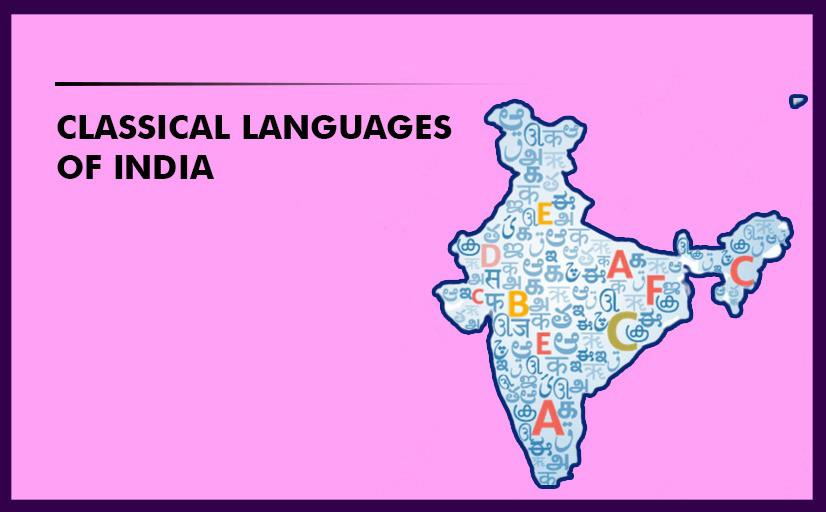
Classical Languages of India
In 2004,the Indian Classical Languages concept was launched. Tamil was initially designated as the first language and received official status in 2004.
Classical Languages of India

In 2004, the Indian Classical Languages concept was launched. Tamil was initially designated as the first language and received official status in 2004.
India uses a variety of languages, including the official language of the Union, regional languages, court languages, and some specialized languages, like classical languages, for various purposes.
Recognized Classical Languages of India
The Indian government currently recognizes six classical languages as of 2021. These include
|
Language |
Recognition year |
|
Tamil |
2004 |
|
Sanskrit |
2005 |
|
Telugu |
2008 |
|
Kannada |
2008 |
|
Malayalam |
2013 |
|
Odia |
2014 |
Tamil (First Classical language of India)
- In 2004, Tamil was crowned as the first classical language.
- It is a member of the Dravidian linguistic family.
- Tamil is recognized as an official language in Singapore, Sri Lanka, and India. Tamilnadu State and Puducherry Union Territory both have Tamil as their official languages.
- Tamil has a native-speaker population of over 75 million 69 million Indians.
Sanskrit
- In 2005, Sanskrit became the second Indian language to be designated as a classical language, following Tamil.
- Sanskrit is an old Indo-Aryan language and the language of ancient India with a history of about 3500 years.
- The sacred language of Hinduism is Sanskrit. Furthermore, Sanskrit is the primary language used in most Hindu philosophical writings (including some texts from Jainism and Buddhism).
- Only about 24,000 people speak Sanskrit, which is surprising.
Telugu & Kannada
- In 2008, the Indian government designated Telugu and Kannada as classical languages. The Dravidian family of languages includes both of these as well.
- Andhra Pradesh, Telangana, and the Union Territory of Puducherry (Yenam) have Telugu as their official tongue.
- Similar to English, Karnataka's official language is Kannada.
- These are minority languages, though they are spoken in other states.
Malayalam
-
It is a member of the Dravidian linguistic family.
- Kerala and Puducherry (Mahe) union territories and Lakshadweep have Malayalam as their official language.
- Malayalam writing dates back to 832 AD, making it the oldest known writing.
- Vazhappalli Copper plates (832 AD)
Odia
- The state of Odisha's official language is Odia, and Jharkhand has Odia as a second official language.
- The language's earliest records date back to the 10th century AD.
The standards for India's classical languages
According to the news article, these are the four criteria:
- It is earliest writings and history that have been preserved date back between 1500 and 2000 years.
- A collection of old books or texts that speakers for ages have treasured.
- The literary tradition is unique and was not taken from another speech group.
- Due to the distinction between classical and modern literature and language, there may also be a gap between the classical language and its later variations or offspring.
Benefits of Classical Languages
They are granted many advantages once recognized as India's classical language. These are as follows-
- Support in terms of money for establishing the language study center of excellence.
- The scholar of eminence may also receive two important awards from it.
- Central universities may have specific professional chairs for eminent scholars of classical languages.


